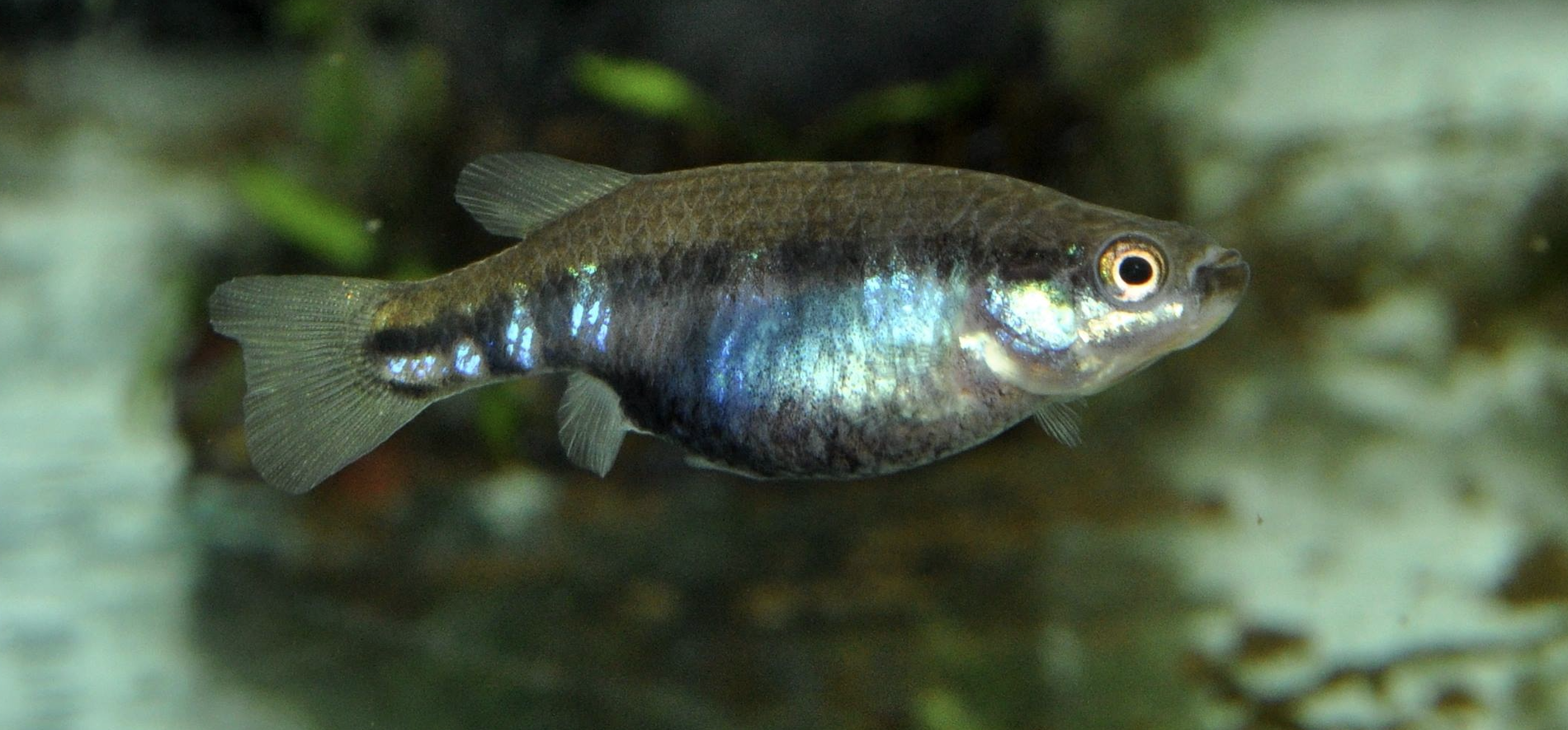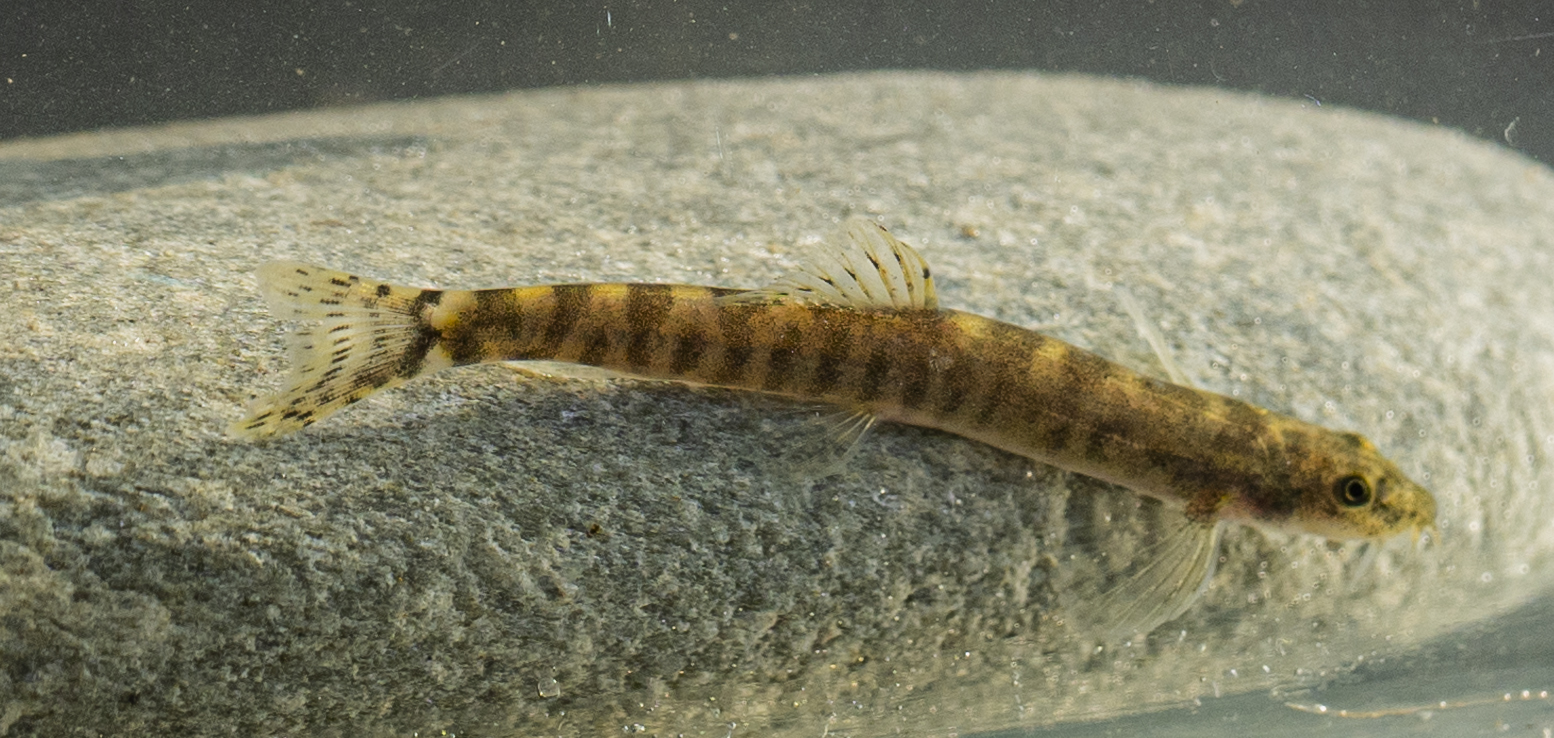Freshwater megafauna: flagships for freshwater conservation?
by Merlin Veron, Conservation Research Analyst at Synchronicity Earth
Megafauna, sharks, and freshwater may not be three words which many would immediately associate with one another. Sharks belong in the Ocean (right?), and when people think about Earth’s larger animals they usually think of the tiger burning bright in Asia’s forests, or of great herds of wildebeest sweeping across the African savannah rather than rivers or lakes. But freshwater environments also hold an astounding array of large vertebrate species, 207 in total, including 5 shark species which have, quite remarkably, adapted to survive in freshwater habitats.
In a new paper published in Biodiversity Research, He et al., research the status of large freshwater species and uncover that this under-researched group are at a disproportionately high risk of extinction. This charismatic group, which also includes species such as the Amazonian Manatee, the Irrawaddy River Dolphin, and the Beluga (European Sturgeon) are flagships whose effective conservation could help to conserve thousands of other freshwater species, but their plight is indicative of the challenges facing the world’s freshwater ecosystems. Where sufficient data is available, He et al., find that 71% of large freshwater species are in decline. They also show that the threats to freshwater species are increasing: since the early 1990s human pressure has increased throughout 63% of the global ranges of freshwater megafauna.
Within this category of ‘freshwater megafauna’, one group epitomises the challenges faced by freshwater species; river sharks. Of the more than 400 known species of shark, almost all of them reside near permanently in salt water, with the Bull Shark (Carcharhinus leucas) most famed for its forays into estuaries and up rivers. However, whilst the Bull Shark has evolved to restrict the removal of salt from its bloodstream to allow it to traverse inland for significant periods of time, it is not a ‘true’ freshwater shark. Instead that title belongs to five species of the Glyphis genus, an unknown, endangered and enigmatic group which encapsulate the mystery and intrigue which makes the natural world so fascinating.
‘True’ freshwater sharks all belong to one genus or group (Glyphis) of 5 known species which have adapted to inhabit river systems. River sharks are evolutionarily distinct from their ocean dwelling cousins, showcasing a number of key adaptations which allow them to respire, navigate and hunt in the desalinated and murky waters they call home. Most shark’s species adapted to saline environments would overhydrate in freshwater, with water flowing into their cells through osmosis causing intoxication as key electrolytes are flushed out of their bodies. We don’t actually know the exact mechanism through which Glyphis sharks are able to do adapt to freshwater environments, whether like freshwater rays they have smaller rectal glands for secreting salt, or whether they have an altogether different adaptation which allows them to tolerate freshwater and, as recent research suggests, potentially also salt-water conditions.
Given the low visibility associated with freshwater ecosystems, for most Glyphis species the primary sense relied upon to catch prey is not sight, and as such they have also evolved to have small eyes. Instead they have a particularly large concentration of special organs called ampullae of Lorenzini on their wide snouts which allow them to sense the location of their prey using electro-magnetic fields (Swancer 2014). These species are also equipped with small, spear-shaped teeth on the lower jaw which differ from those of salt water species, suggesting that Glyphis sharks rely exclusively on a fish-based diet. However, the extent to which I can actually write about the adaptations of river sharks and their environment here is really constrained by the fact that quite simply so little is known about them, about their taxonomy, their ecology, their diet – they remain, even for experts, an elusive enigma.
The five described species of freshwater shark all inhabit rivers in South and Southeast Asia and Oceania. The two best studied species are the Northern River Shark (Glyphis garricki) and the Speartooth Shark (Glyphis glyphis), both of which are known to occur in Northern Australia and Papua New Guinea. If you watch the show ‘River Monsters’, you might have some familiarity with the Northern River Shark, which caused amazement amongst the team when Jeremy Wade foul-hooked one on the Fitzroy river, Australia. Their surprise spoke volumes about the plight of the Glyphis genus, in fact, there isn’t a single river shark species which can be described as anything other than endangered or critically endangered, and in some cases having enough data to even make an assessment is problematic (this is generally a bad sign!). Glyphis garricki and Glyphis glyphis are both thought to be amphidromous, meaning that they can inhabit both fresh and salt water. For example, the speartooth shark has been recorded in salinities ranging from 0.8 to 28ppm (0 pure freshwater, 35 full strength sea water) (Commonwealth of Australia 2015), and this fits the theory of Li et al., (2015) that these sharks are euryhaline; i.e. they can adapt to survive in a wide range of salinities.
However, a third member of the Glyphis genus, the Ganges River Shark (Glyphis gangenticus) has not yet been recorded in saline waters, and observations at least suggest it remains in freshwater during various life stages. In fact, the latest record of this species in 2001 was from a specimen 84km upstream on the Hooghly River, India. Whilst there is some speculation about movement of this species between populations in the Ganges, Hooghly and Indus rivers, the honest answer is we just don’t know whether this species leaves the rivers where it has, to date, been so sparsely recorded. In fact, from 1867 to 1996 the Ganges River Shark went unrecorded before its miraculous reappearance (Compagnno 2007). For this reason, there is still hope that a fourth suggested species, the Irrawaddy River Shark (Glyphis siamensis) may still be rediscovered. This species is known from only one specimen discovered in 1896 in the Irrawaddy River near Yangon in Myanmar, and whilst in recent years a number of researchers have set off to rediscover this species, inebriated with a sense of exploration increasingly rare on this planet, none have yet been successful.
The final described species Glyphis fowlerae, is one which has however been recently discovered/confirmed (see Compagno et al., 2010). The Bornean River Shark is the smallest of the described species, measuring just 78cm and specimens have been collected from the Kinabatangan, Mukah and Sampit rivers. Li et al., (2015) suggest that these records across Malaysia and Indonesia could in fact be from different species, however once again the data simply isn’t there to confirm or deny such a hypothesis. Indeed, we’ll likely only learn more about these species if we can successfully conserve them, and allow recovery of their populations, but this means that the first steps towards these species’ proper conservation must be a bit tentative. However, in reality the main threats to these species are likely to coincide with those which have driven an 81% decline in freshwater biodiversity since 1970 (Living Planet Index 2016). In particular, threats to the five species across their range include changes to river regimes from dams and barrages (see Compagno 1997), unregulated fishing of these species whether caught intentionally or unintentionally in gillnets, demand for fins and shark jaws in domestic and international markets, habitat degradation from pollution, changes to watershed management (IUCN Red List 2017), and finally opportunistic killings perhaps motivated by the fear instilled by the famous pointed fin as it breaks the water’s surface.
In fact given their long gestation periods, delayed maturity, slow growth, and status as an apex predator ranging over large areas, freshwater sharks are actually probably some of the most sensitive species to human pressures, acting as sentinels warning us of the damages associated with the changes the world’s river systems are currently experiencing. He et al., show the plight of freshwater species, it is a clarion call for us to do more to protect our rivers and the remarkable array of species, big and small, which call them home. The message is clear: water is life, but rivers are dying.
References:
Commonwealth of Australia, 2015, Sawfish and River Sharks, Multi-species Issues Papers, Accessed 05.04.17, http://www.environment.gov.au/system/files/resources/062794ac-ef99-4fc8-8c18-6c3cd5f6fca2/files/sawfish-river-sharks-multispecies-issues-paper.pdf
Compagno L.J.V, 1997, Review of the Biodiveristy of Sharks and Chimaeras in the South China Sea and Adjacent Areas, in, eds; Fowler S.L, Reed T.M, Dipper F.A, Elasmobranch Biodiversity, Conservation and Management, Proceedings of the International Seminar and Workshop, Sabah, Malaysia, July 1997, Occasional Paper of the IUCN Species Survival Commission No.25
Compagno L.J.V, 2007, Glyphis Gangenticus, The IUCN Red List of Species, Accessed 06.04.17, http://www.iucnredlist.org/details/9281/0
Compagno L.J.V, White W.T, Cavanagh R.D, Glyphis fowlerae sp. nov., a new species of river shark archarhinigormes; Carcharhinidae from Northerneastern Borneo, Accessed 06.04.17
Li C, Corrigan S, Yang L, Straube N, Harris M, Hofreiter M, White W.T, Naylor G.J.P, 2015, DNA capture reveals transoceanic flow in endangered river sharks, Proceedings of the National Academy of Sciences of the United States of America, Vol.112, No.43, pp.13302-13307
Living Planet Index, 2016, Living Planet Report 2016, Accessed 06.04.18 https://www.wwf.org.uk/sites/default/files/2016-10/LPR_2016_summary_spread%20low%20res.pdf?_ga=1.79716119.1499935510.1483524022
Swancer B, 2014, The Mysterious River Sharks of the World, Mysterious Universe, Accessed 21.08.14, http://mysteriousuniverse.org/2014/08/the-mysterious-river-sharks-of-the-world/





